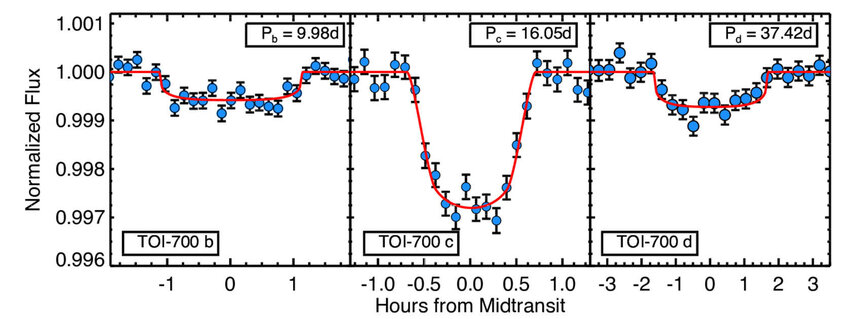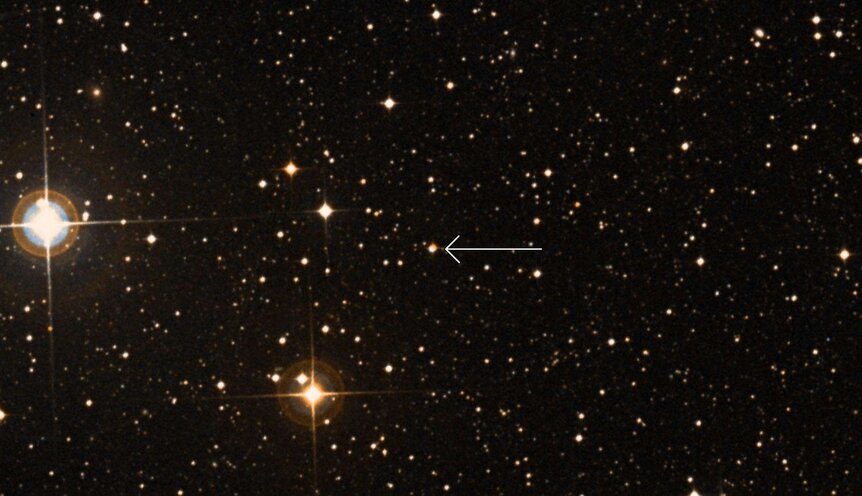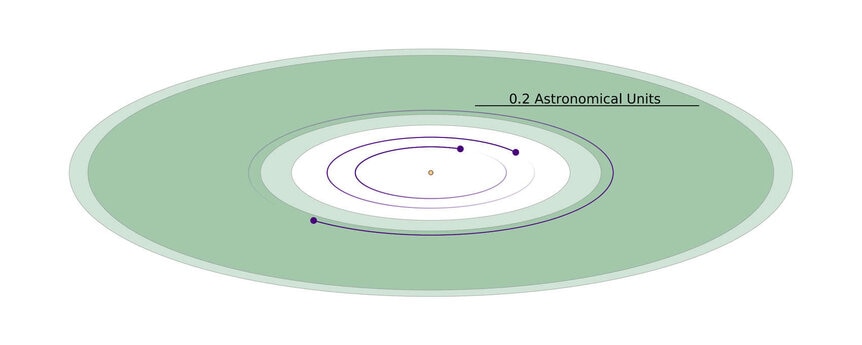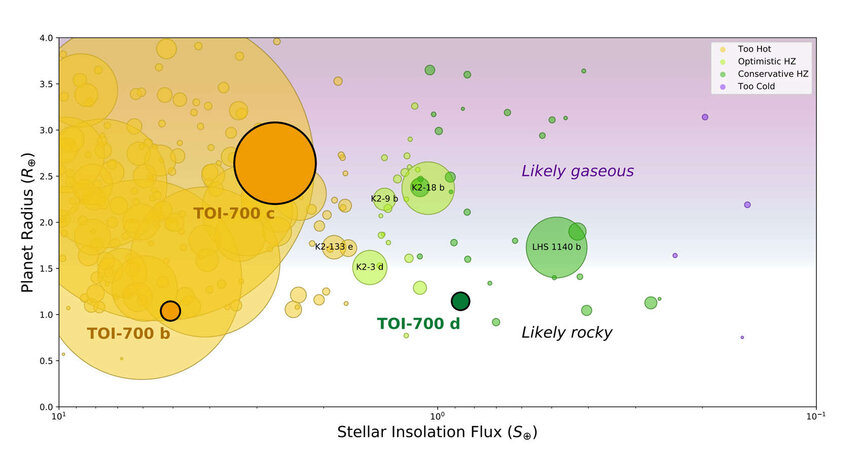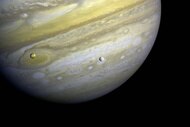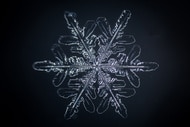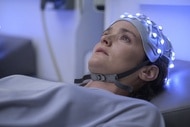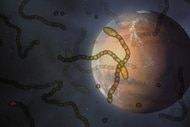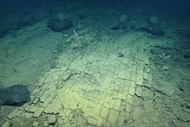Create a free profile to get unlimited access to exclusive videos, sweepstakes, and more!
TESS finds its first Earth-sized planet in its star's habitable zone
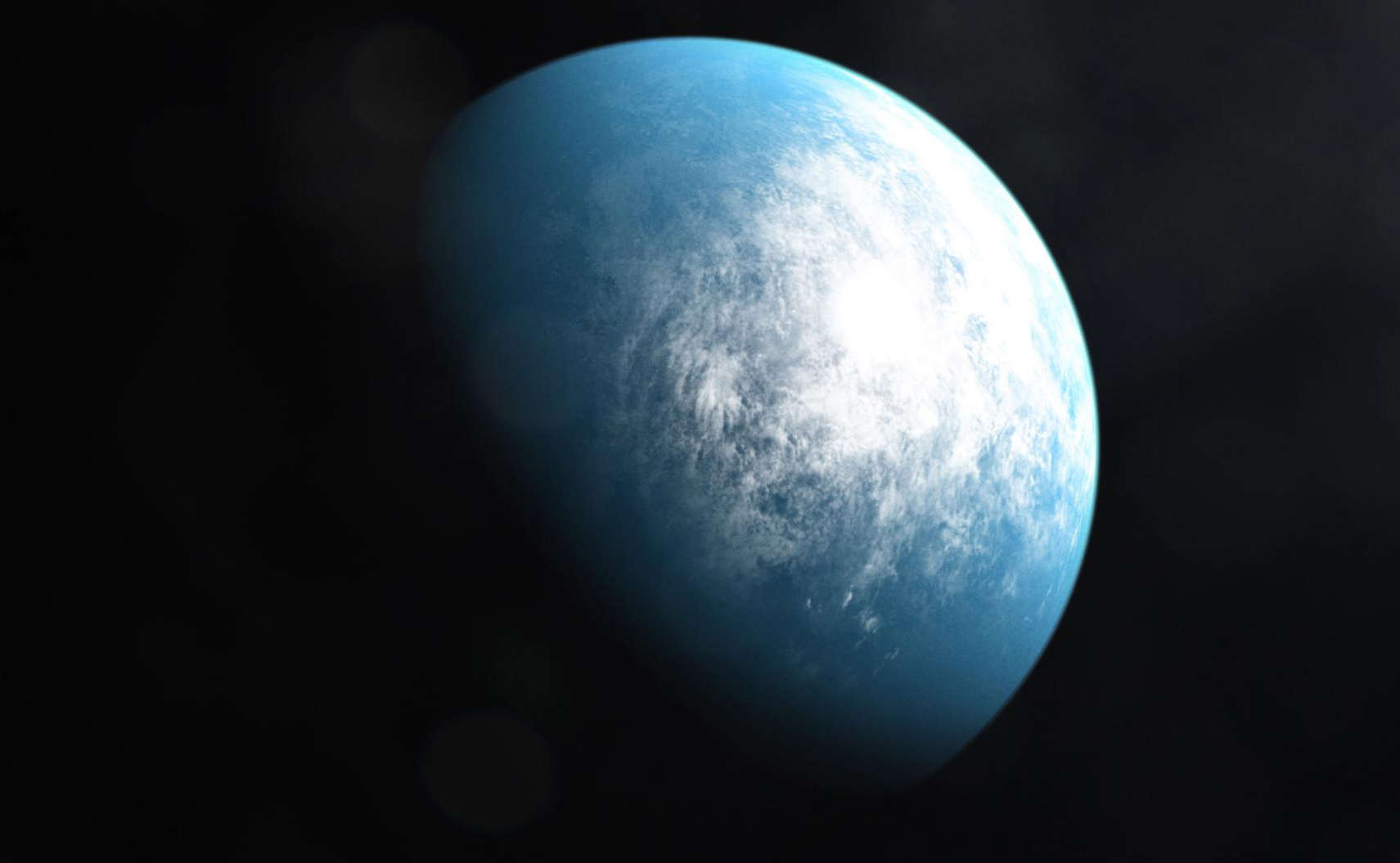
Well, add another exoplanet to your "We better keep an eye on this one" list: TESS, the Transiting Exoplanet Survey Satellite, has found its first Earth-sized exoplanet orbiting in a star's habitable zone, where in principle, conditions could be ripe for life.
The planet, called TOI-700d, adds to a short list of planets that might be like Earth.
As always when I write about these, let me be very clear: The planet is the same size as Earth, and gets roughly the same amount of light and heat from its star as Earth does. However, we don't know its mass, its density, what it's made of, what its atmosphere is made of, if it even has an atmosphere, and more. So this planet might be Earth-like, or it might be like Mars. But it has checked off more than the usual things on the list.
TESS has been observing the skies since 2018, looking at brighter stars — the idea is that brighter ones tend to be closer — for tell-tale dips in brightness that occur when an orbiting exoplanet passes in front of the star, blocking a little bit of its light. These mini-eclipses, called transits, can tell us the size of a planet and its period (its "year," the amount of time it takes to orbit the host star).
The star in question this time is called TOI-700 (which stands for TESS Object of Interest; meaning a star that has been seen to have candidate exoplanets by TESS, and this is the 700th one on the list), better known as 2MASS J06282325-6534456 (well, better known to astronomers). It's a red dwarf, a dim bulb of a star that has only about 40% of the Sun's diameter and mass, and is much cooler. It only puts out about 2% as much light as the Sun does! So even though it's relatively close to us — 101 light years — it's pretty faint.
It was observed by TESS many times over the past two years, and the automatic pipeline that processes TESS data found three signals in the star's light. Astronomers took a closer look, and sure enough, three planets popped out of the data.
The planet TOI-700b is Earth-sized, but very close in to the star and receives five times as much light from the star as Earth does, so it's cooking. The second planet is farther out, but still gets more than 2.5 times as much heat as Earth does. It's also a super-Earth, 2.65 times the diameter of Earth. Those kinds of planets are very interesting, but it's unlikely to be very much like home.
Which brings us to TOI-700d. It's not much bigger than Earth — about 1.114 times our diameter, so 14,100 km compared to our 12,700 km — so it's fair to say it's Earth-sized.
This part is funny: It has a 37.4-day orbit, meaning it takes about an Earth month to go around once. That means it's located roughly 24.5 million kilometers from the star — half the distance Mercury is from the Sun! But remember that TOI-700 is a feeble star, so even at that distance TOI-700d gets about 86% as much light as Earth does.
That's less, certainly, but pretty close to Earth. Without an atmosphere that would give it a temperature of roughly 0°C — literally freezing. But if it has an atmosphere, the greenhouse effect could easily make it quite nice. Earth's average temperature is only about 15°C, but the air keeps much of it warmer. Add a bit of extra CO2 and TOI-700d might be a vacation spot.
But that word: might. Without knowing its mass we don't know what it's made of. It could be mostly water, or it could be mostly iron. That would significantly change its circumstances.
Still, it's inside the star's habitable zone — the distance from the star where liquid water can exist on a planet's surface. Only about ten such Earth-sized planets are known so far, and this is one of the closest.
I expect that will change with time, though. Red dwarfs are the most common kind of star in the galaxy, and there are literally thousands of them within 100 light years of us. We also know that they tend to make smaller planets preferentially over gas giants, so they're more likely to have planets similar to Earth in size. Also, unless we see those planet orbits edge-on we likely won't detect them, so it's a good bet that there are lots of planetary systems like this closer than TOI-700.
Teegarden's star, for example, is only 12 light years from Earth, and has two planets similar to Earth, while TRAPPIST-1 is 40 light years away and has a system of seven Earth-sized planets, with three of them being in the star's habitable zone (more or less).
To spell it out: The galaxy may be filled with such planets. Tens of billions of them.
Mind you, 25 years ago we didn't know if such planets existed at all. Now we know of quite a few, and extrapolating given what we now know, well.
I remember watching Star Trek years ago, thinking how funny it was that they seemed to find planets all over the place. That seemed unlikely to me back then. But now?
Star Trek may have been downright pessimistic.
